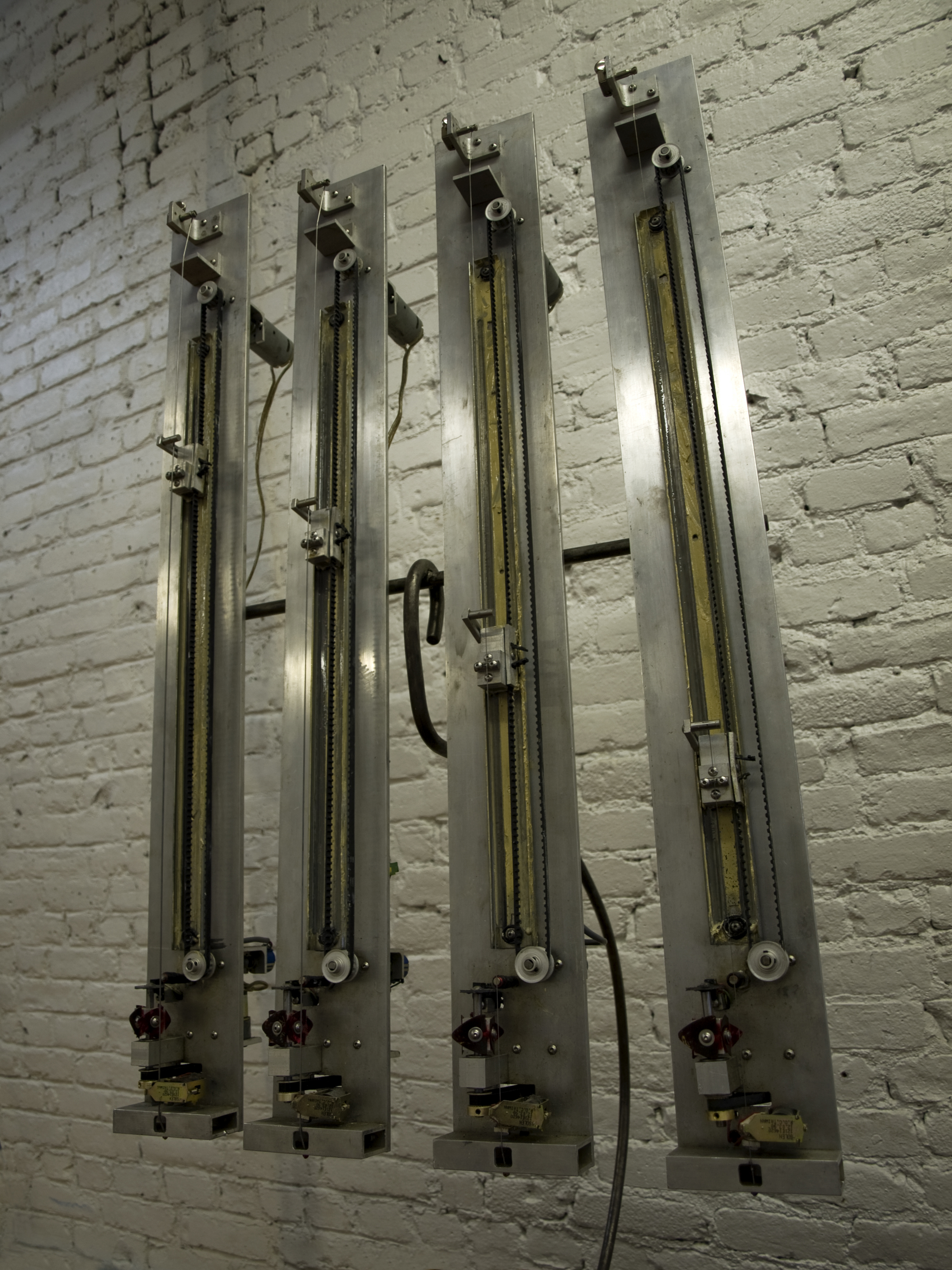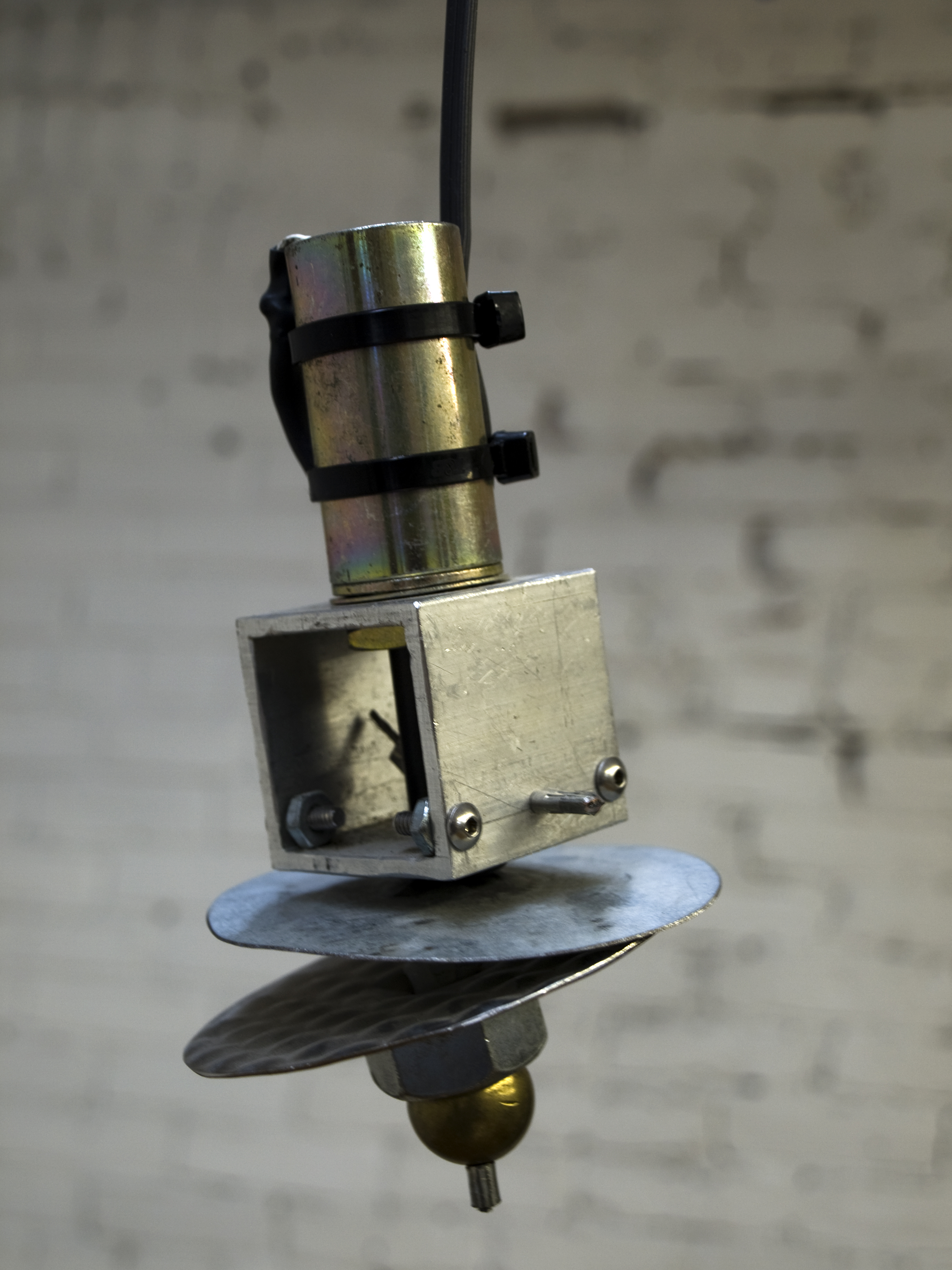This time I want to talk a little about pasta. And how to produce pasta in a lean way. But in a very personal, traditional and - yes - strange way too.
Actually about one month ago, we wanted to have a family vacation on Sardinia. But Eyjafjallajökull , that in the beginning seemed to be a bad joke we wouldn't have to fear, after some time became a real threat and finally the killer to that plan. So instead we improvised for Tuscany. Out of several coincidences we ended up in the small and beautiful village of
Lari.
Größere Kartenansicht
In Lari, we lived at a beautiful agriculture that I can only recommend:
Il Frutetto, a quiet, peaceful place where Fabio and Tatiana produce exquisite olive oil and some wine. They can not sell too much of it to each family though, as they have only little capacities which need to last for the full year. We are sad already that we do not have too much of the wine left. Olive oil will last for another 6 months, but then what ...?
Anyway, the Frutetto brought me closer to the very traditional craftsmanship of the whole of Tuscany. You do not see a lot of supermarkets there and although it is obviously getting harder to withstand the market pressure of large chains and brands, the Tuscany has impressively held up small stores, small agricultures etc. It is a total different quality of living: You know where the meet, the cheese, the fruits come from - if you want to. And you can taste that!
Soon we were invited to visit the pasta manufactory of the Martelli family in Lari. And now I am getting closer to the point: Following the Tuscany tradition, this family has business objectives that completely differ from anything I have seen and experienced in any of the companies I have yet worked: This business does not want to grow. Rather than that, they want to stand out for all times as the best pasta makers delivering the highest quality ready made pasta available. They don't even want to get that much more efficient until now, as the whole staff consists of family members. (Who knows, maybe one day they get tired of doing that and they will have external staff and everything changes. But to this day, the business feeds the two families of the brothers Martelli).

This leads to interesting effects, as at all the places I have seen lean efforts, it was about savings and lead time optimizations etc. So lean was completely driven by getting faster and quicker and lowering inventory as a proxy for savings by still having quality in place.
The (not so) secret behind the Martelli pasta (and the business model) is that the pasta is produced very slowly on a ca. 50 years old machine and then veery slowly dried at a certain temperature (it is terribly hot in there). So with your whole product drying for 50 hours come to me and talk about reducing WiP!
Another secret ingredient is that the pasta is relatively rough, thus better taking up any sauce that comes with it - this is a feature that is especially liked by the Maitre's of the world as it helps amplify any subtle touch of your sauce.
The Martelli's only sell their pasta in 1 kg packets rather than in 500gr. I forgot the number, but it goes along the line of: What the Martelli's produce in one day, Barilla produces in 5 minutes (whatever).
I guarantee to you that there is no obvious optimization that came to my mind when I looked at the production place. Any further optimization would have compromized the quality and thus the business concept of the Martelli's. Any stupid excel geek would tell them: Let the machines run faster, only dry your pasta for 20 hours and is still good enough. But no, the Martelli's don't buy that. They rather keep their process and win one pasta "championship" after the other and are one of the most sought after pastas of the world.
I hope this will go on for a long time. Why this so interesting to me is because the business goals are so different. And this leads to an example which makes Don Reinertsen's approach to PD much clearer to me, again: There are no rules and no lean rules. There are several dimensions to look at your problem and domain and then come up with the suitable solution rather than a recipe: Large WiP must not be bad or waste - here it even is your secret ingredient for quality.
But again: Don't use this exception as an excuse for your "unnecessary" WiP! This is different to most environments but again: It explains that you have to take a closer look beyond the "common" rules - they might not always fit you.
I can only recommend to have a look at Don Reinertsen's (minboggling!) talk on some common fallacies which goes by the great title of "
The easy road to FLOW goes through a town called LEAN".
Have fun!
P.S.: Oh, I forgot to mention why the business model works: The price of the pasta has increased from 0,80 EUR to 3,30 EUR in about 10 years. And that's if you buy in Lari. if you buy anywhere else, the pasta is sold at prices up to more than 10,00 EUR. The quality does pay off - if you do not plan to grow!













